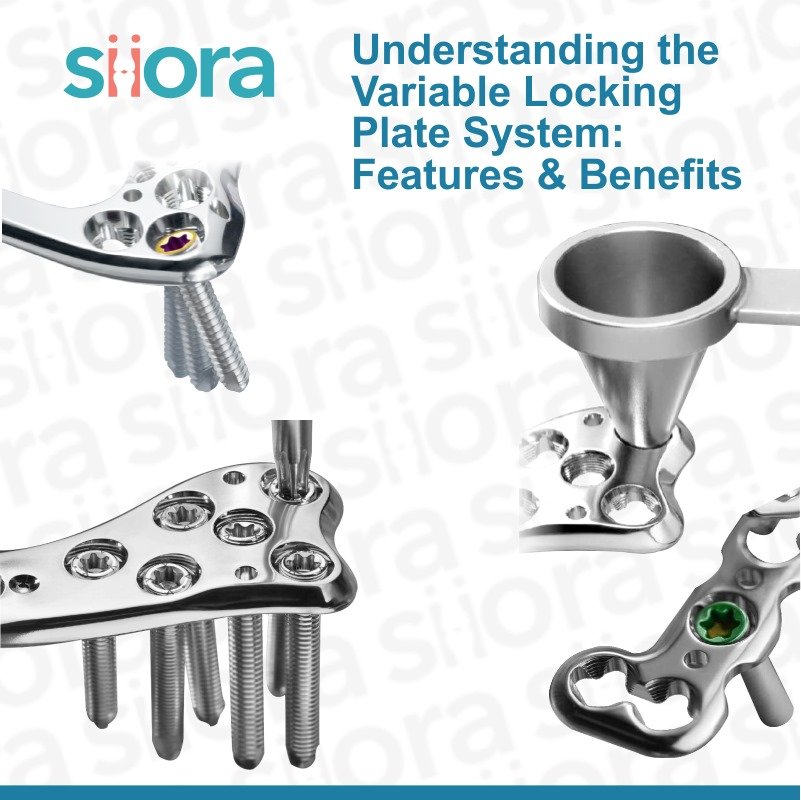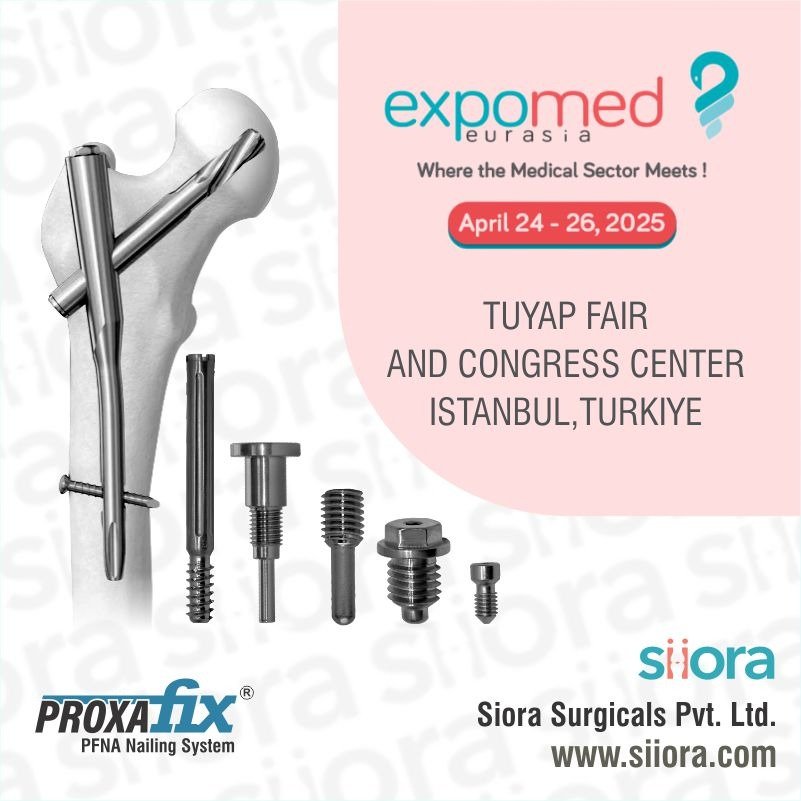Children are more prone to fractures when we compare to adults. The reason behind this is weaker, softer, and more flexible bones. Children are more active than adults and the risk of injuries to them is high. They keep running and jumping here & there and as a result, the risk of fractures is high. One such fracture that we will discuss in the blog is Buckle Fractures. It often occurs in children between 5-10 years of age. Let us start with a brief introduction to the fracture.
What is a Buckle Fracture?
A buckle fracture is a type of fracture that only almost affect children. It is a compression injury that occurs when the bone is compressed, causing the outer layer to buckle or bend. Unlike other types of fractures, the bone does not break completely, and the inner layer of the bone remains intact. In these fractures, one end of the bone remains intact whereas the other one bends or buckles up.
Buckle fractures most commonly occur in the forearm, particularly in the radius bone, which is located on the thumb side of the forearm. They can also occur in other bones, such as the ankle or knee.
These fractures are stable fractures because the bone fragments do not separate. As a result, one may does not need surgical intervention in most cases for the treatment.
What Are the Causes of a Buckle Fracture?
Buckle fractures are commonly caused because of compressive forces. This is why they end up leaving one end of the affected bone compressed or buckled up while leaving the other one unaffected. This type of fracture mostly affects children. The reason is softer and more flexible bones than those of adults.
The most common cause of a buckle fracture is a fall. Children are more likely to fall while playing, climbing, or running, and the force of the impact can cause the outer layer of the bone to buckle or bend. Falls from a height or onto a hard surface can be particularly dangerous and may result in more severe fractures.
Sports injuries are another common cause of buckle fractures in children. High-impact sports like soccer, basketball, and skateboarding can put a lot of stress on the bones, and a direct blow to the bone or twisting or bending of the limb can cause a buckle fracture.
Other causes of buckle fractures in children may include accidents, such as car crashes or other traumatic events, and underlying medical conditions that weaken the bones, such as osteoporosis or nutritional deficiencies.

What Are the Symptoms of a Buckle Fracture?
The symptoms of buckle fractures depend on the severity of the break along with the cause. However, the common symptoms of a buckle fracture include pain, swelling, and tenderness in the affected area. The child may have difficulty moving the affected limb, and there may be a visible deformity or bump at the site of the fracture. Let us have a detailed look at it:
Pain: Pain is a common symptom of a buckle fracture. The child may experience localized pain in the affected area, which may become worse under pressure.
Swelling: Swelling is another common symptom of buckle fractures. The affected area may appear swollen and tender to the touch.
Limited movement: The child may have difficulty moving the affected limb or joint. This may be due to the pain or swelling associated with the injury.
Visible deformity: A buckle fracture may cause a visible bump or deformity at the site of the injury. This may be due to the buckling of the outer layer of the bone.
Redness or bruising: In some cases, the skin around the affected area may appear red or bruised.
What is the Treatment for Buckle Fractures?
The treatment of buckle fractures varies according to their severity. However, the treatment is often different than other types of fractures because they usually do not require surgery.
Treatment for a buckle fracture usually involves rest and immobilization of the affected area. The child may need to wear a splint or cast to protect the bone and limit movement while it heals. The healthcare service provider may recommend pain relief medications to manage any discomfort.
It is important to monitor the healing process closely and follow up with the child’s healthcare provider as recommended. X-rays may be taken to ensure that the bone is healing properly and to determine when it is safe to remove the splint or cast. In most cases, the healing time for a buckle fracture is relatively short, usually only a few weeks. However, the child may need to avoid high-impact activities or sports during this time to prevent further injury.
With proper treatment and care, most buckle fractures heal within a few weeks, and the child can return to normal activities. However, it is important to follow the doctor’s instructions for care and follow-up appointments to ensure proper healing and avoid complications.
How to Prevent Buckle Fractures?
One can prevent buckle fractures with stern attention and proper child care. However, fractures in children are common and almost everyone experiences a fracture at least once in their lifetime. Still, certain measures can minimize the risk of such injuries:
Encourage safe play: Children should be encouraged to engage in safe play activities, such as playing in designated areas and avoiding roughhousing or dangerous activities.
Provide protective gear: If your child participates in high-impact sports or activities, provide appropriate protective gear such as helmets, knee pads, or elbow pads.
Supervise play: Parents and caregivers should supervise children while they play, especially when playing on playground equipment or engaging in other physical activities.
Teach proper techniques: If your child participates in sports, make sure they are taught proper techniques for jumping, landing, and other movements to reduce the risk of injury.
Maintain a healthy diet: Proper nutrition is important for bone health. Make sure your child is getting enough calcium and vitamin D to support strong bones.
Regular exercise: Regular exercise can help improve bone health and reduce the risk of fractures. Encourage your child to engage in age-appropriate physical activity on a regular basis.
By taking these steps, parents and caregivers can help reduce the risk of buckle fractures and promote healthy bone development in children.
Siora Surgicals Pvt. Ltd. is a leading name in the orthopedic implants manufacturing industry. Growing strong for over 3 decades, the company is proud to be counted among the best orthopedic device manufacturers across the globe. Siora owns and manages a huge inventory of CE-certified orthopedic implants & instruments. It uses medical-grade stainless steel and titanium to manufacture implants. The processing of orthopedic devices takes place in Siora’s production facility which has been established in the RAI District, Sonepat, Haryana. The company is also a renowned OEM/contract manufacturing service provider in the world.








